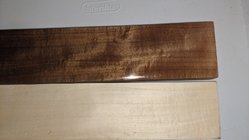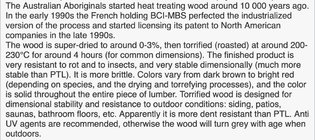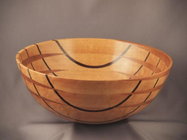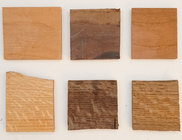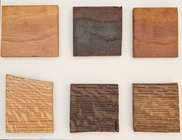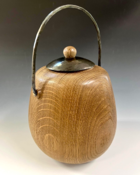Hi all. I’ve been messing around the variety of colors that show in wood upon upon moderate burning with a blow torch. The problem, of course, being it is easy to go too far—most of the “richest” colors show up just prior to charring. For example, cherry heartwood turns a deep burgundy color when heated just the right amount. I would like a more foolproof way to “capture”.
I know that there are nice examples of this (ex torrified maple, and various sand-shading for marquetry and intarsia), but I haven’t found much in the way of variety. Do any of you have experience with roasting woods? If so, do you find there is a certain temperature that is ideal? (relative to flashpoint — 90% temp of flashpoint [obviously the exact temperature will vary somewhat]).
I know that there are nice examples of this (ex torrified maple, and various sand-shading for marquetry and intarsia), but I haven’t found much in the way of variety. Do any of you have experience with roasting woods? If so, do you find there is a certain temperature that is ideal? (relative to flashpoint — 90% temp of flashpoint [obviously the exact temperature will vary somewhat]).

